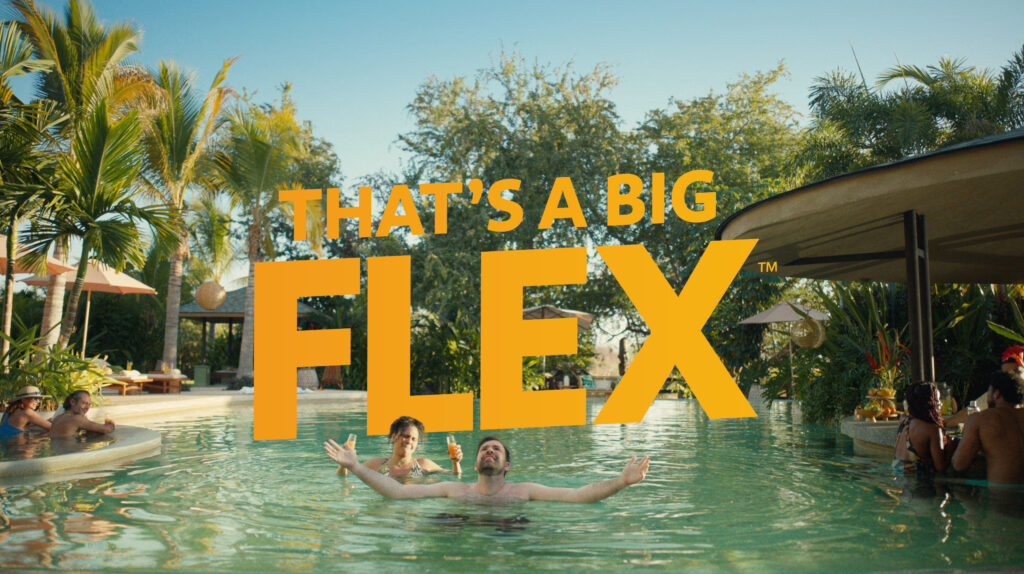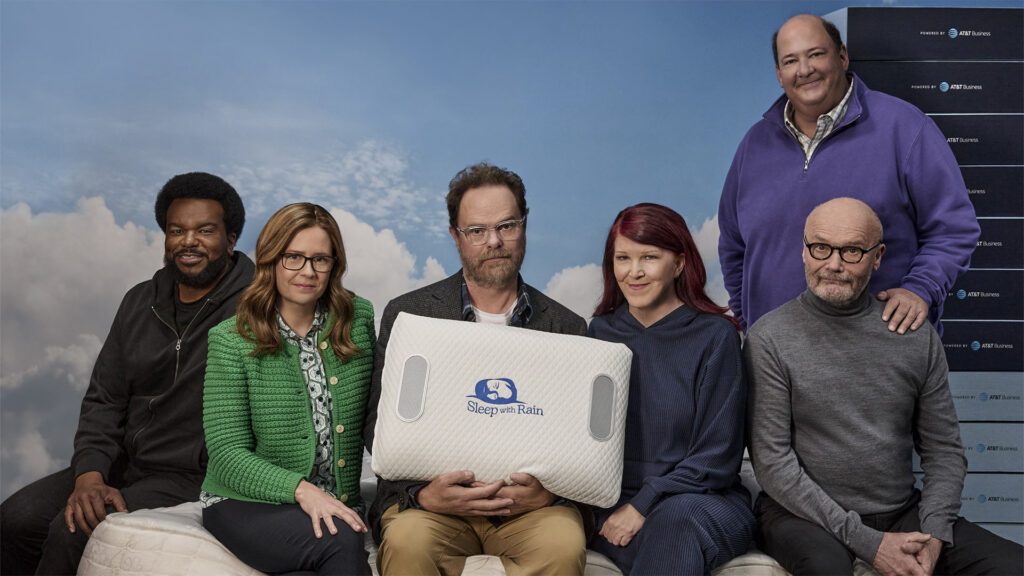Brands are embracing influencer marketing as a way to organically introduce products and services in the channels that consumers already consumer media. Rather than interrupting regularly scheduled programming with a commercial or a digital ad, partnering with influencers allows brands to be a part of the story that consumers are already tuning in to hear.
“Interruption is unwelcome,” said Molly Schultz, SVP, Group Partner, Digital Investment & Innovation at UM Worldwide, at Brand Innovators recent Influencer Marketing event. “People want media that helps them. We are always looking for ways we can add to that experience. In terms of activation, that can look like value exchange and relevance, those are consumer facing. The goal is to avoid interruption and be more complementary to the experience.”
The influencer marketing industry will be worth $15 billion in 2022, up from $8 billion in 2019, according to Insider Intelligence. The pandemic has only amplified the need to reach audiences in organic ways through digital channels. Brands are collaborating with influencers on Instagram, YouTube, TikTok and other social media where these tastemakers have established audiences and clout.
Exercise brand Peloton used the pandemic as a way to activate influencers to help engage audiences around its hugely popular exercise machines. The brand offered live streamed classes from instructors’ homes to ensure customers had new content regularly.
“We are so fortunate in that so many influencers and celebrities are already Peloton members,” said Karina Kogan, SVP, Global Head of Product Marketing at Peloton. “They love the experience and they talk about it, so we never really feel the desire to pay anyone. That’s part of what makes us authentic. The word of mouth is organic, so we find our way into culture. We don’t like to manipulate or manufacture that.”
For Sony Pictures, influencer marketing is part of its overall cross channel strategy to promote new movies wherever consumers are.
“It’s a no stone left unturned business,” said Rose Phillips, SVP, Digital Marketing, Sony Pictures Entertainment. “You need a lot of those marketing channels, from TV to the outdoor, more traditional methods, and then to all of the social platforms which are incredibly important. For me, it’s making sure you’re following and being where the audience is. We need to be there and we need to be there in a meaningful way. We need to be talking to those audiences in a way that they’re consuming content on those platforms. It’s an all-encompassing thing.”
The CPG industry has been partnering with influencers for years, as popular Instagram influencers are already sharing makeup tutorials and product recommendations for cleaning their homes. It is a win-win for brands to incorporate their products into the conversation. For instance, natural household and personal care brand Grove Collaborative is working with influencers to have conversations around sustainable packaging and to promote shampoo bars.
“We see our products as being the truest iteration of our own values,” said Samantha Howe, VP, Brand Strategy at Grove Collaborative. “If we want to truly change the world, we have to move away from plastic – we have to start with our own brands. We believe that by leading and showing growth, others will follow. It’s resonating with our own customers. We call our Flagship the growth Grove brand. It’s the number one brand on our platform – consumers are really buying into it, they build their own system and the viles it comes in. We’re really trying to challenge the CPG industry to do better and be better. We see the move away from plastic as a huge differentiation for our company and our customers love what we’re doing. the more you buy from us, the more power we gain in the industry to make those large changes.”
Finding the right influencers is important as it establishes authenticity and trust among consumers that gives brands and their products the right association.
“I really think it comes down to knowing your audience and knowing where they’re moving, and being really in tune with platforms that pop up,” said Shuree Jones, Director, Paid Social at The Growth Agency. “As everyone that has been on social media knows, you always have your favorite platforms, but that doesn’t mean you’re not willing to try something else. Have some courage to test and lean into new platforms and that will provide growth for you.”
Brands are finding podcasts to be a great influencer channel, a natural evolution from radio influencers. “An influencer is a relatively moderate-term in the social media space – influencers really started out as radio hosts, saying this is a great product, you have to use it,” said Marshall Williams, Partner & CEO, Ad Results Media. “What’s happened was it manifested into a spoken word medium – influencers have a dedicated audience that they can motivate. Podcasts have become the next iteration of that from an audio standpoint.”
P&G brand Pantene North America is using podcasts as a way to get in front of audiences with a more organic mention. “Podcasts really are one of the last mediums where you have someone’s undivided attention,” said Bret Senior, Brand Director, Pantene North America, P&G. “If you’re watching TV and an ad comes on, you pull out your phone. There’s merit in those mediums and purpose but with podcasts, you have this audience that trusts the host and is specifically tuning in to that niche topic and that host because they trust their opinion and the stories they have to tell. Podcast listeners are really more receptive to brand messages which then enables richer storytelling.”




